S

Gary Kline, Jeff Myers, Robert Schick and James Tierney of NYS DEC
James Tierney, Assistant Commissioner for Water Resources for DEC
Gary Kline of DEC
Jeff Myers of DEC
Assemblywoman Joan Millman and State Senator Daniel Squadron
CAG Member Steven Miller
Josh Verlun, CAG member and Legal Council for Riverkeeper
At last night's meeting between representatives of
New York State's Department Of Environmental Conservation (DEC) and members of
US Environmental Protection Agency's Gowanus Canal Superfund Community Advisory Group (CAG) at PS 32, the discussion centered mostly on the State’s role in the enforcement of Clean Water Act requirements to eliminate Combined Sewage Overflow from the canal and how the State is coordinating with EPA’s Superfund cleanup process.
The DEC was mostly responsible for the US Environmental Protection Agency stepping in and declaring the Gowanus Canal a Superfund site. It is a decision that the DEC seems to stand by.
"We support the most rapid, possible removal of the toxic contaminants by dredging it from the Gowanus Canal. We want it capped and stabilized thereafter and we want it to happen soon. There is no doubt that there is support from within DEC from Commissioner Joe Martens down,"
James Tierney, Assistant Commissioner for Water Resources for DEC, stated last night.
However, the Superfund program is meant to only address the highly toxic material at the bottom of the historic industrial waterway, It is not meant to address sewage.
The State has been slow to address the CSO issue in any meaningful way under the Clean Water Act.
Instead, DEC has entered into a consent order with New York City's Department Of Environmental Protection, which buys the city more time to solve the problem by implementing a "phased approach."
The first phase is a $150 million dollar upgrade project to the flushing tunnel and the reconstruction of the flushing tunnel that will reduce the total amount of CSO into the canal by 34%. A green infrastructure element of the plan will reduce the amount by another 9%.
"Those are not my projections, but the City's. So take that as being the source," Tierney told an already skeptical crowd.
These percentages simply aren't high enough for many on the CAG and in the community. Even the DEC had to admit that they are 'floatable targets' and depend on rain amounts.
CAG member Steven Miller expressed the sentiment of many when he told Tierney last night that "the Clean Water Act has failed this community."
Recently, the CAG unanimously passed a resolution calling for a 100% cessation of CSOs.
Addressing the CAG request for CSO controls as part of a Superfund remedy, Tierney stated: "Bringing those CSO levels down to zero has an enormous price tag attached to it. It could be as high as $400 million.* There are gigantic tanks involved." Further, he added: "When it comes to CSOs there is a lot of interest in this by DEC, because we have never had a Superfund clean-up that incorporated a full blown CSO control plan. Just so that you realize, that's brand new," Tierney insisted.
He repeatedly talked about the high cost of retention basins and seemed to suggest strongly that if forced to spend the money, there may be legal action.
"It's unlikely that this process, particularly if it goes into dispute, would be resolved in multiple years of litigation," he added.
No doubt, DEC sensed last night that the community won't back down from getting the best, most comprehensive clean-up of the canal and that it expects DEC to step up, to stop providing New York City's Department of Environmental Protection with cover and to start providing this community with meaningful relief from Combined Sewer Overflow (CSO).
*Later in the meeting, DEC's Gary Kline admitted "that you can put a bracket" around that number and that its nay " a range based on the size of the facility that you are going to build."
The CAG asked the DEC to provide a breakdown of that figure.
Read more

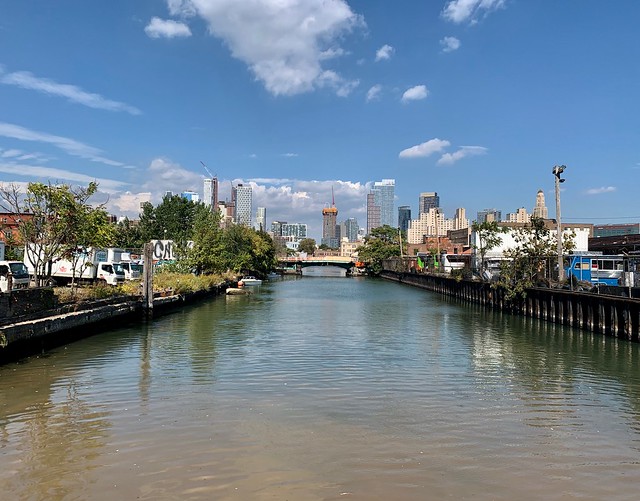
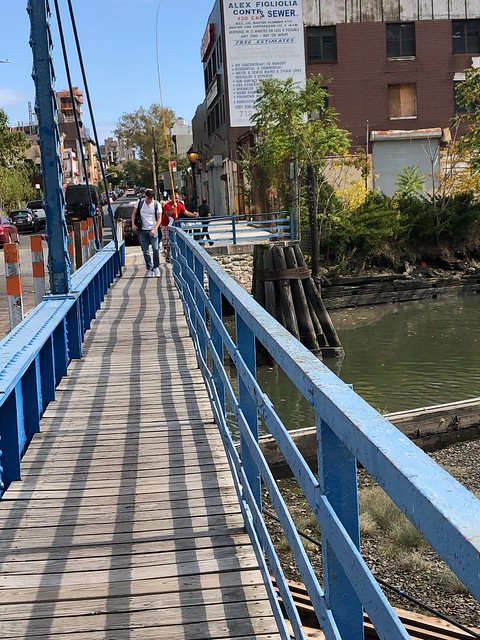

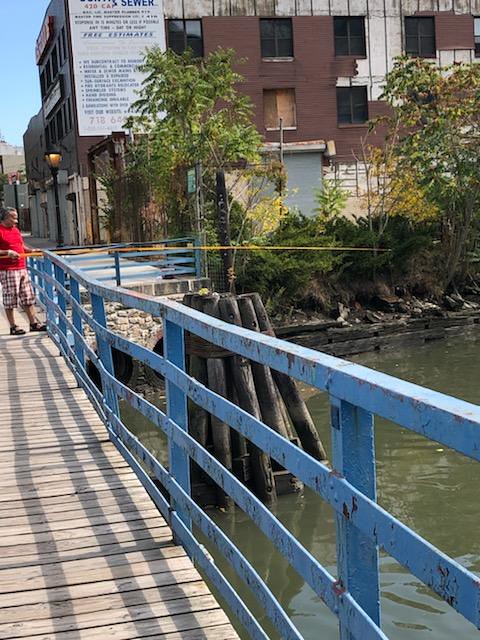


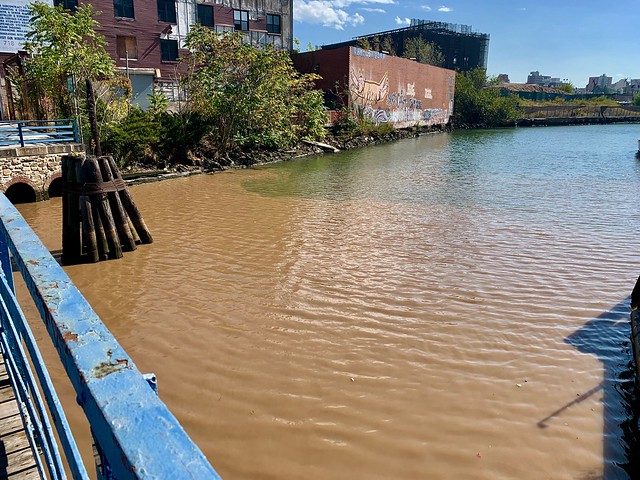
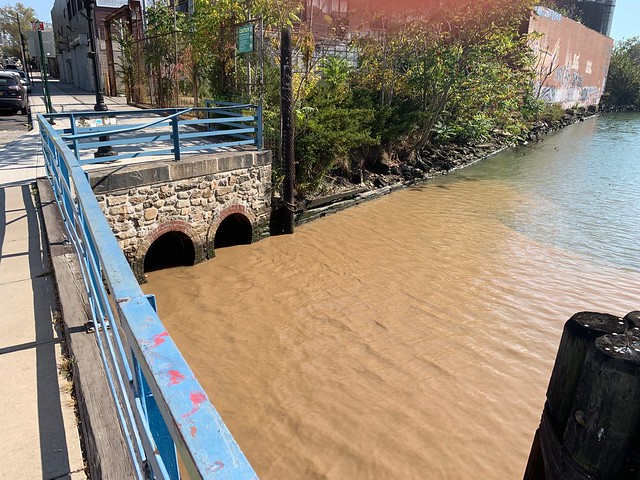


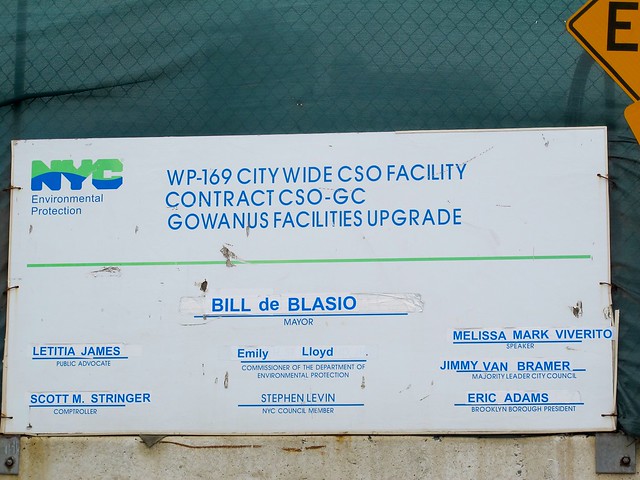
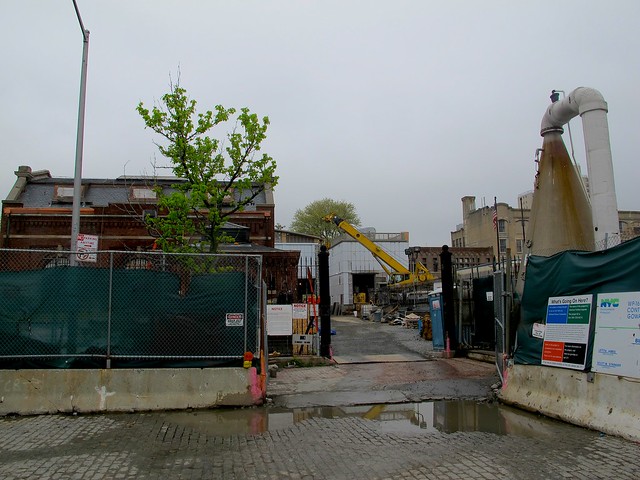
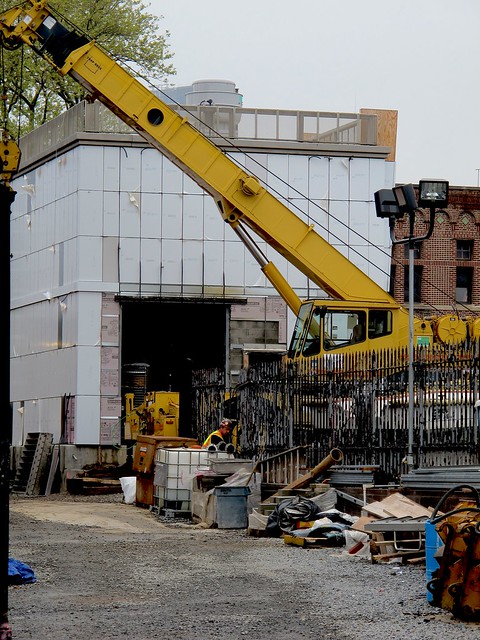




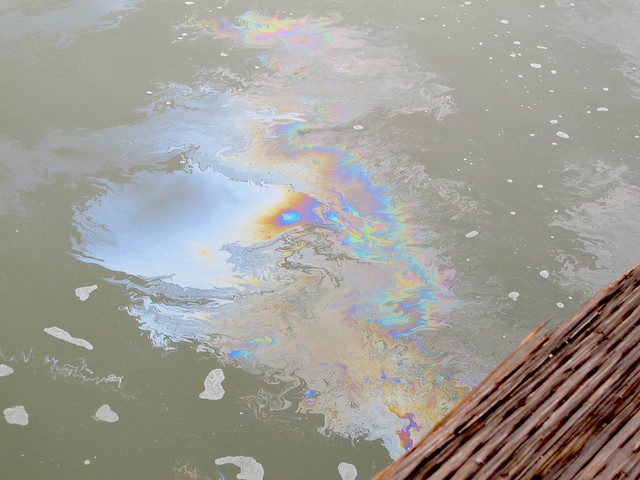










.JPG)
